The Terror of the Bookshelf: White Fang
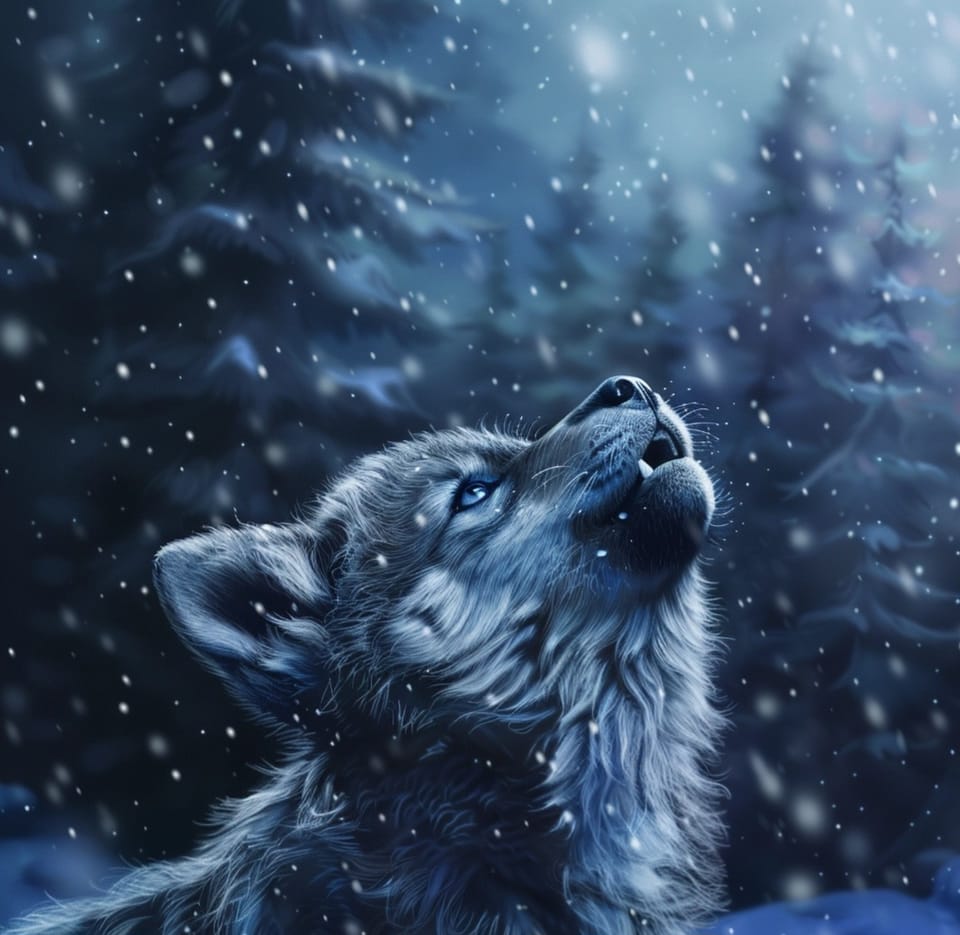
The wild calls to everybody. Some ignore it, most follow it. But a companion is also called to the door with lolling tongues: dogs. Humans and dogs have resided as soul mates and an inordinate amount of publications chronicle these adventures. However, the story which bests the best of the best of these involves man's greatest enemy as friend: White Fang. The simple thought of a wolf as a ‘pet’ or ‘tame’ brings absurdity to mind except those who live in the blocky world; the author is the first reference for White Fang, Jack London.
After leading an early working-class life, Jack London read Quida's Victorian novel, Signa: the inception of his literary success. In 1897, he took part in the Klondike Gold Rush which gifted him dysentery and scurvy. Despite these poor conditions, London smiled at the odds and began writing stories with a simple pen and notebook under the flapping cover of a tent. His most notable work, To Build a Fire, was such a masterpiece fresh from the tent. The Klondike Gold Rush and the Yukon became the base for most of his prolific stories. One story recounts both the Klondike Gold Rush and the Yukon, White Fang.
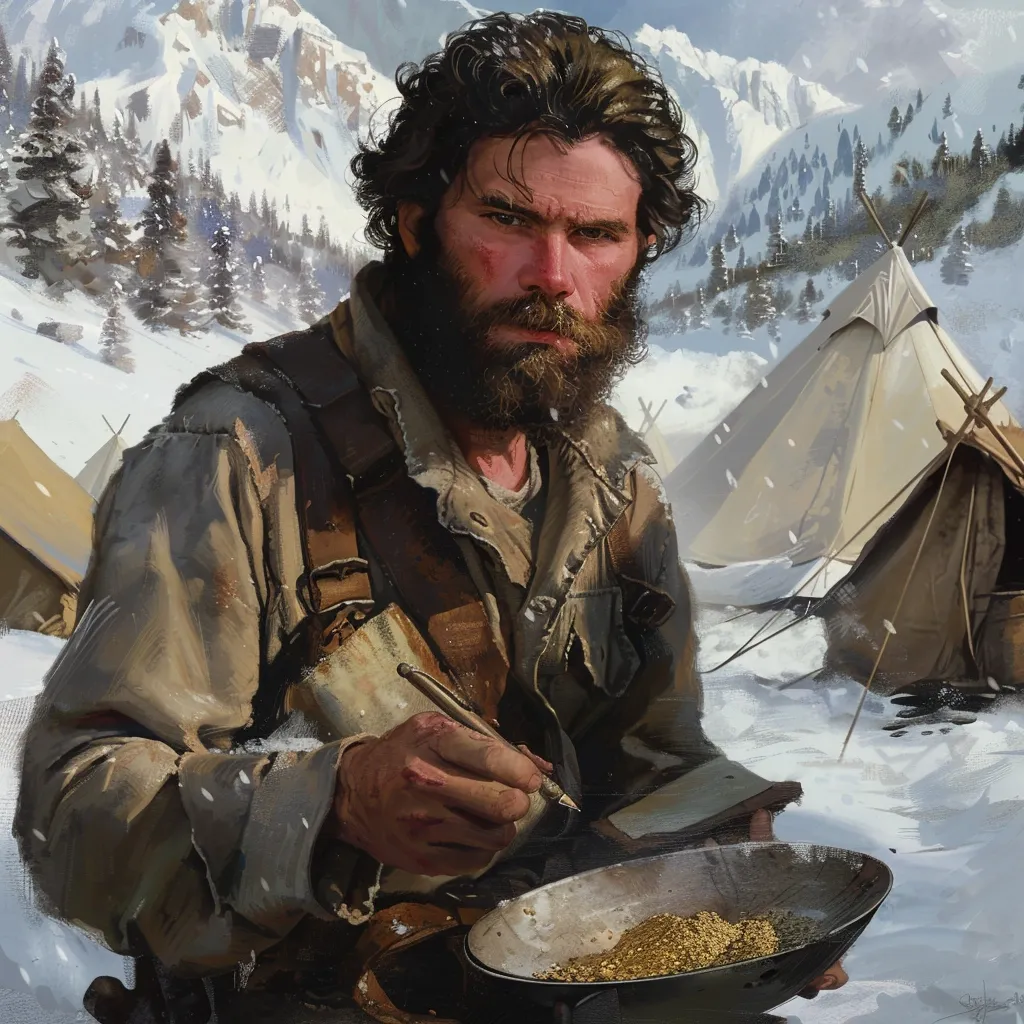
Born in the wilds of the lava cold Yukon, White Fang - half-dog, half-wolf - is cared for by only his affectionate mother. He soon learns the harsh laws of nature and of the world's indifference. Supported is that his mother strays from her beloved original spotlight. White Fang is handed to three masters, as he learns obedience and cruelty from two. Yet, buried deep inside the Terror of the Yukon, the fighting dog is reminded of the faded memories of warmth and love after a third master beckons towards him. Nonetheless, after being raised to hate humans, it is almost impossible for White Fang to kneel before a master of his own accord; will this independent creature of the wild be inculcated to trust man again?
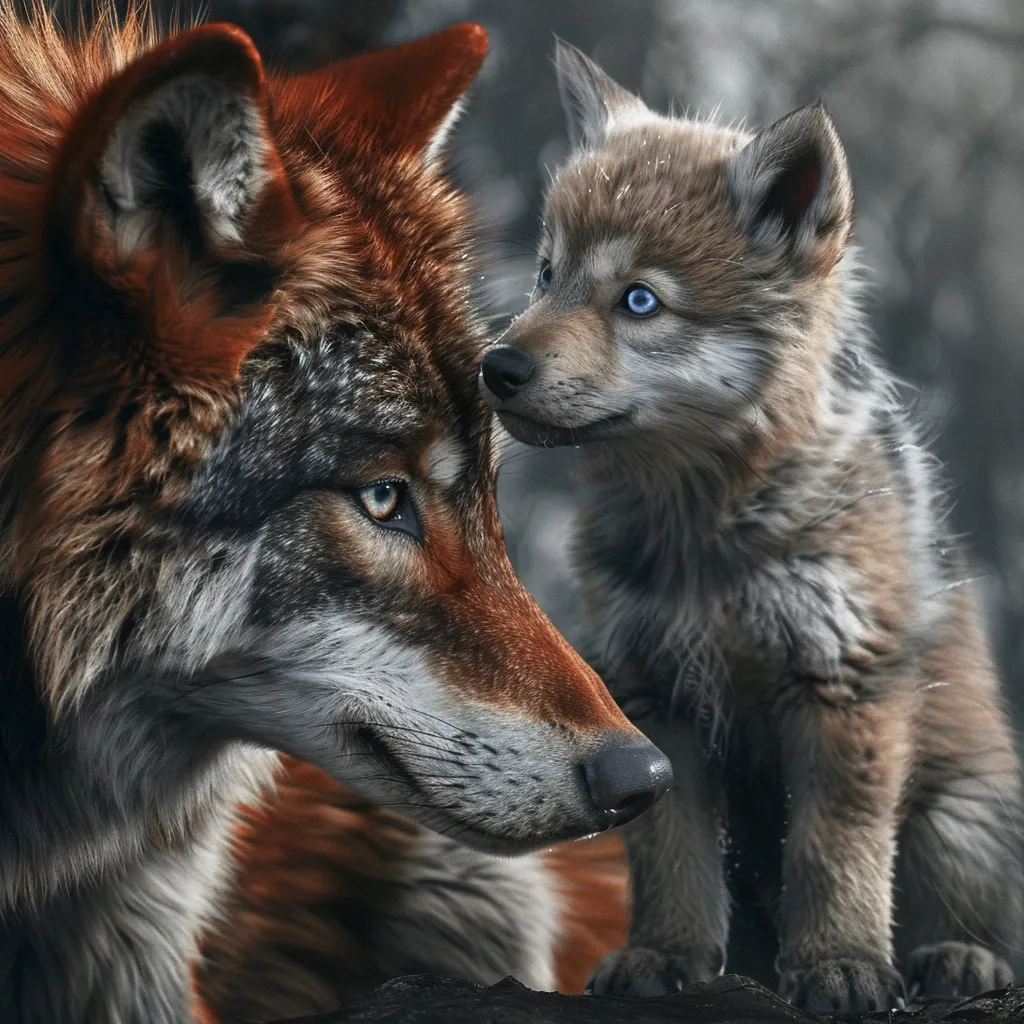
While White Fang's initial hallmark was entertainment, major themes are identified. Survival is key as everyday is a battle for life for White Fang such as the battle with a lynx and other dogs. The act of unconstitutional cruelty is another factor of the book. White Fang's back is lacerated from the intimidating past. Thus, mastery is yet another theme. Human beings expect obedience and respect from all dogs in exchange for shelter and food, including White Fang. Three masters accompany his life, with Grey Beaver following the law of the club for food and companionship, Beauty Smith relying solely on scars, and the genial Scott Weedon on love. Furthermore, injustice is depicted with White Fang treated in an unjust mannerism and even the Native Americans as Jack London wished to portray that slavery was immoral: the Native Americans were removed from their land and forced to live and skate on thin ice. White Fang epitomises the beauty of classic literature.
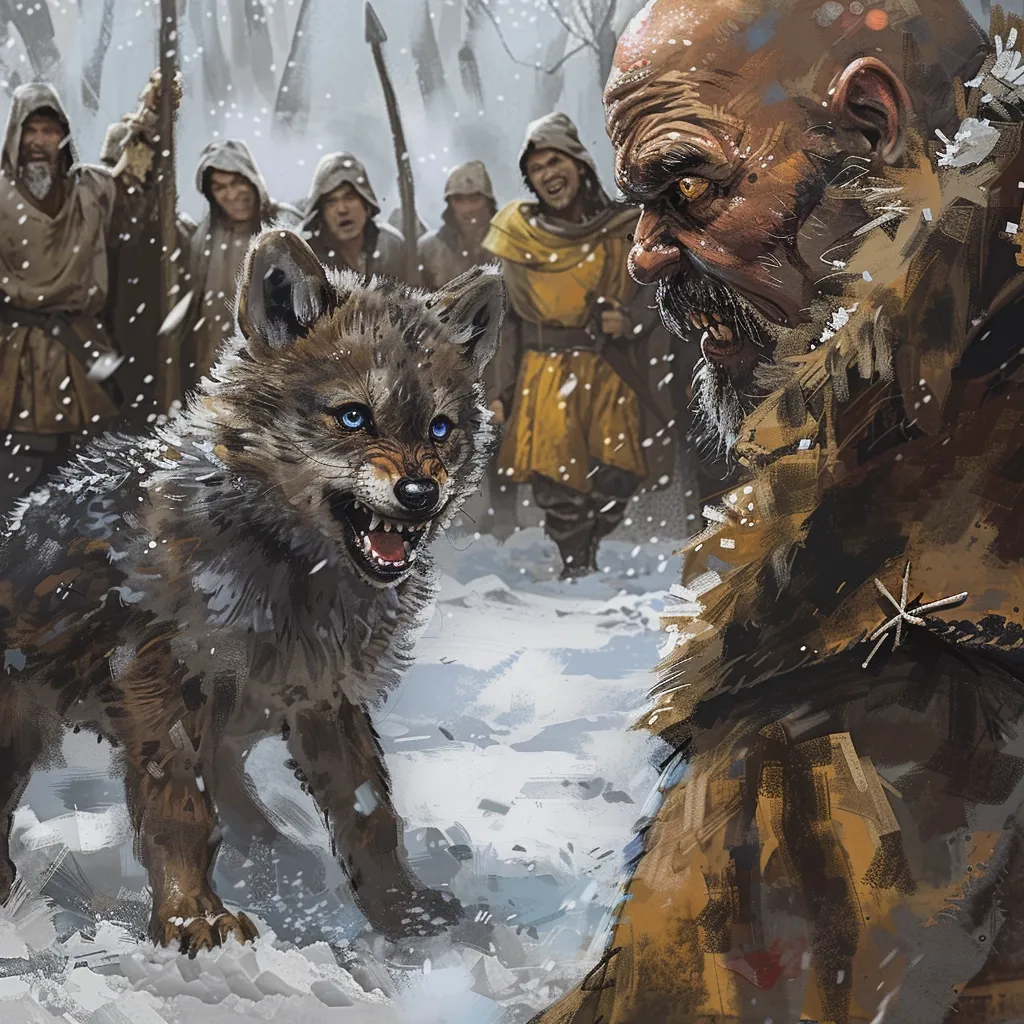
Jack London's masterpiece, White Fang, is taken from the unique perspective of a wolf, who changes from cub to sled dog to fighting dog, exploring the themes of survival, human cruelty, and mastery, as the last pages of the book explore his life as a domesticated ‘dog’. It is an official warning, however, that White Fang acknowledges laughter as bugbear. Therefore, beware White Fang's vicious and shining fangs when one laughs at the fact of human's sworn enemy being a household pet.


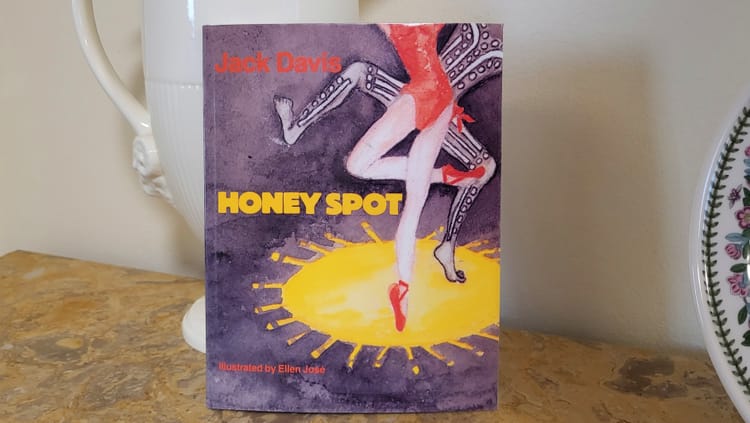


Member discussion